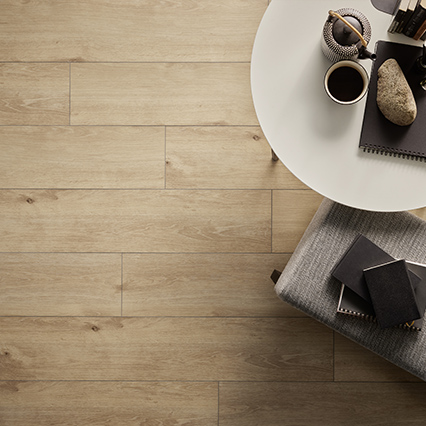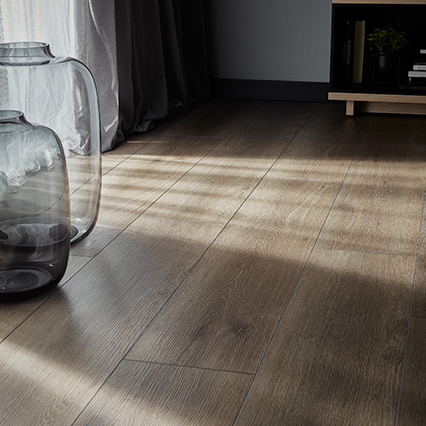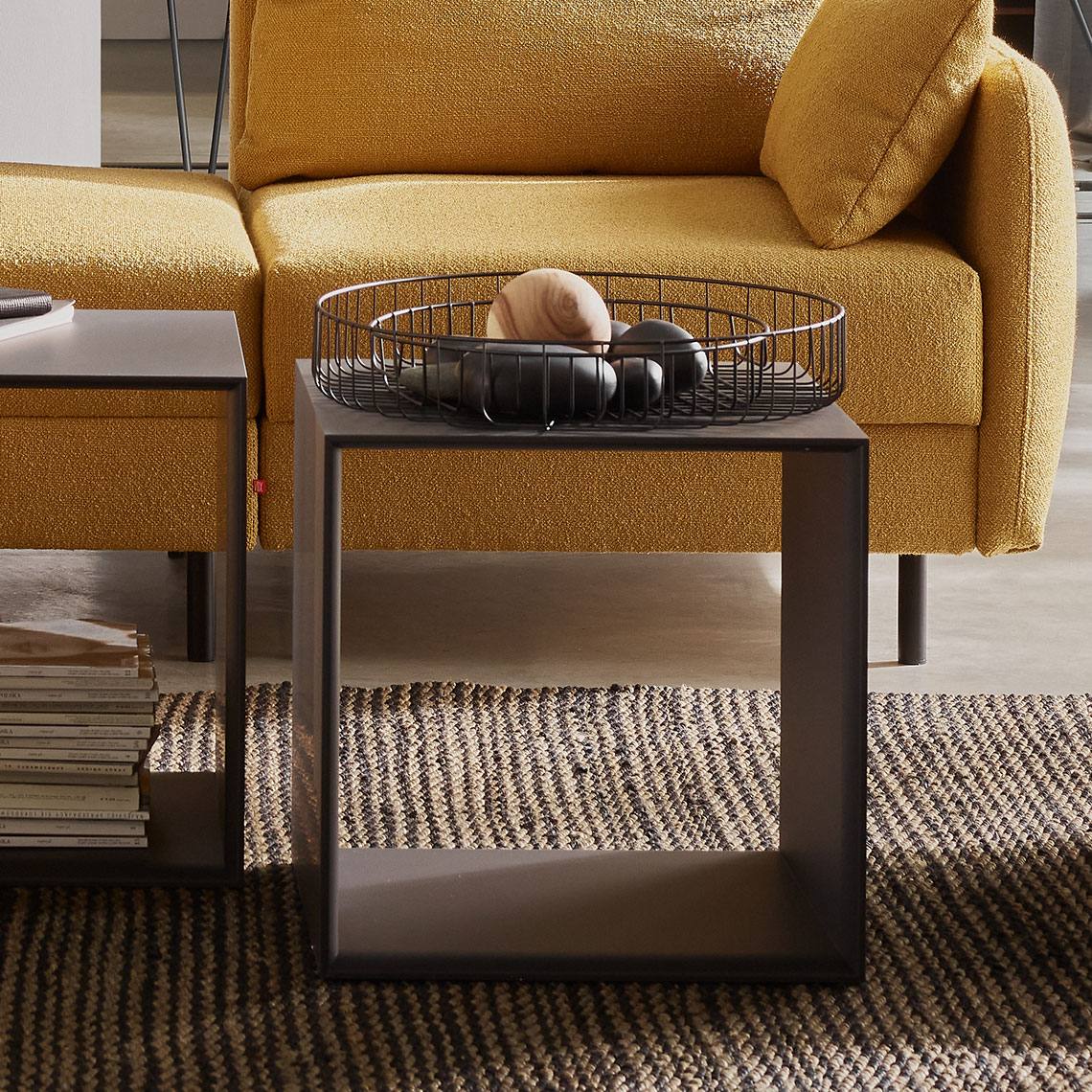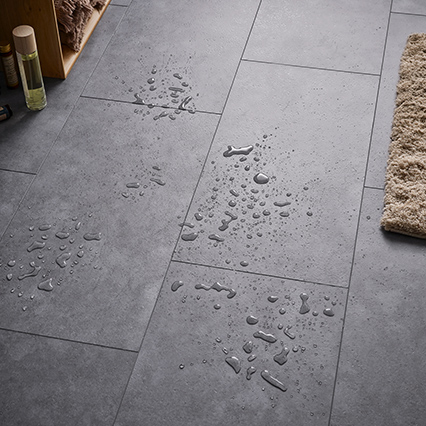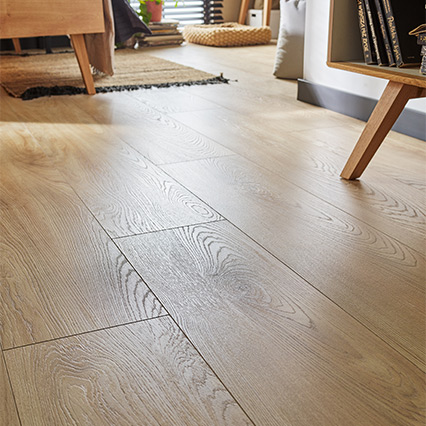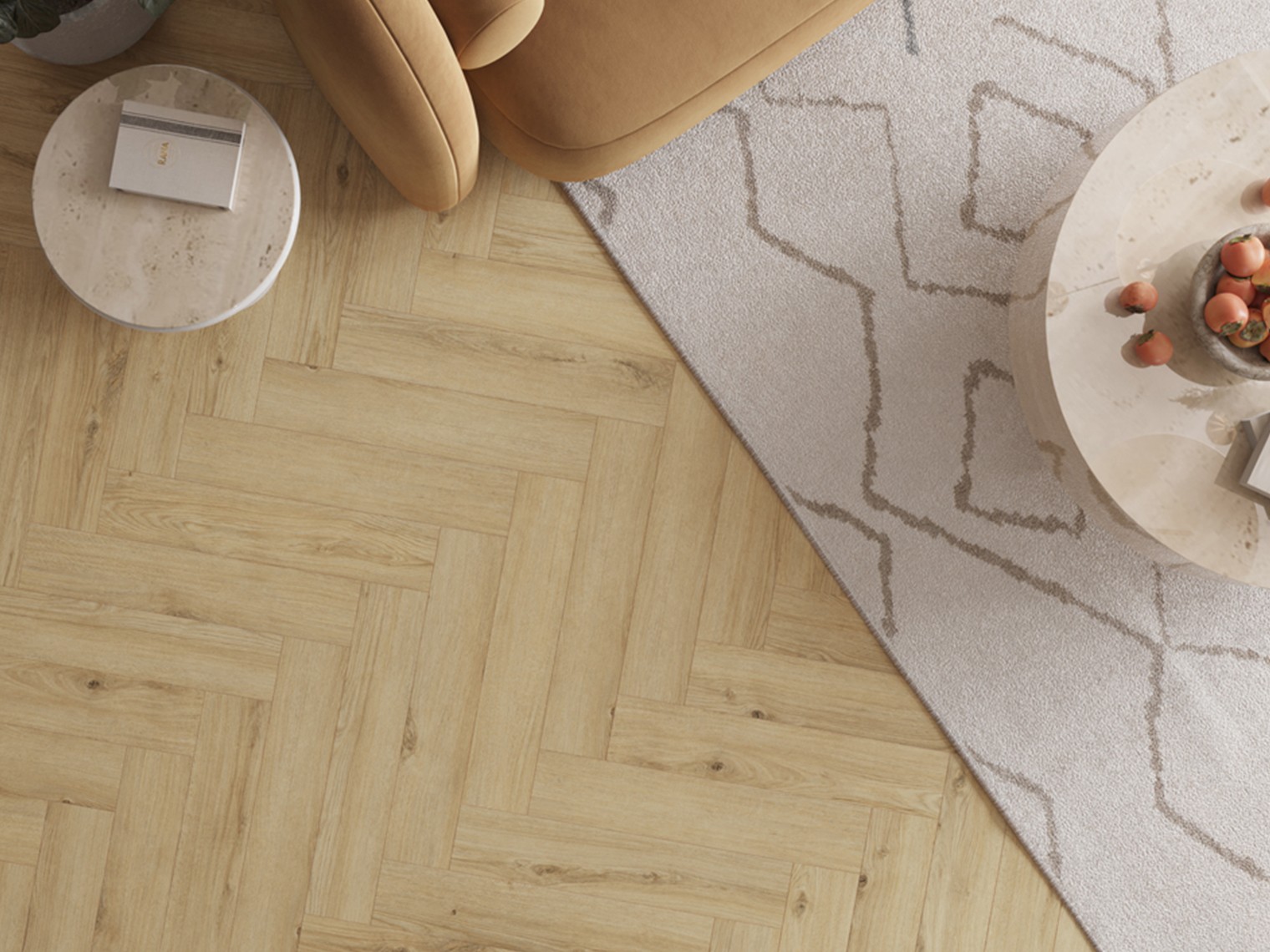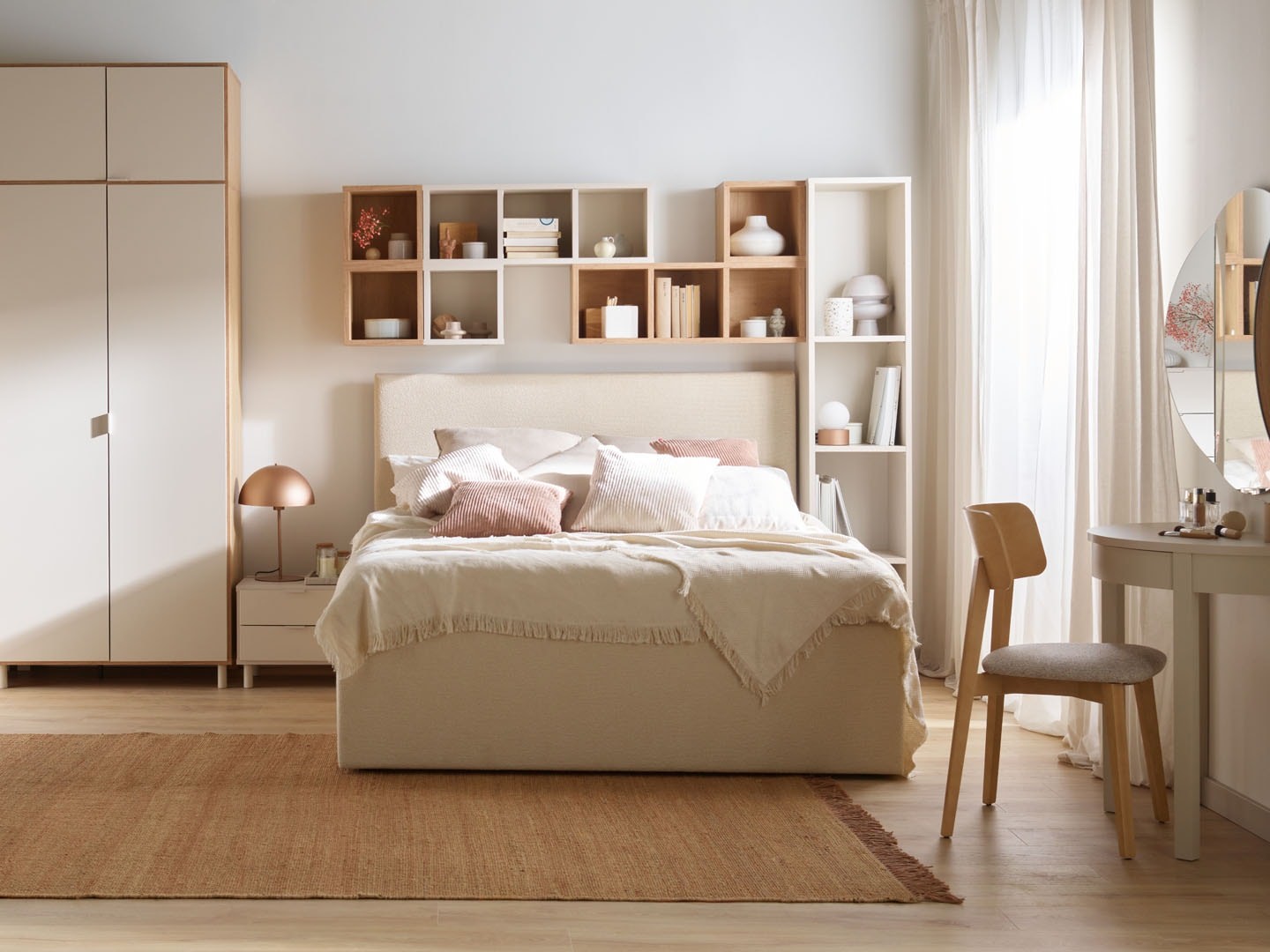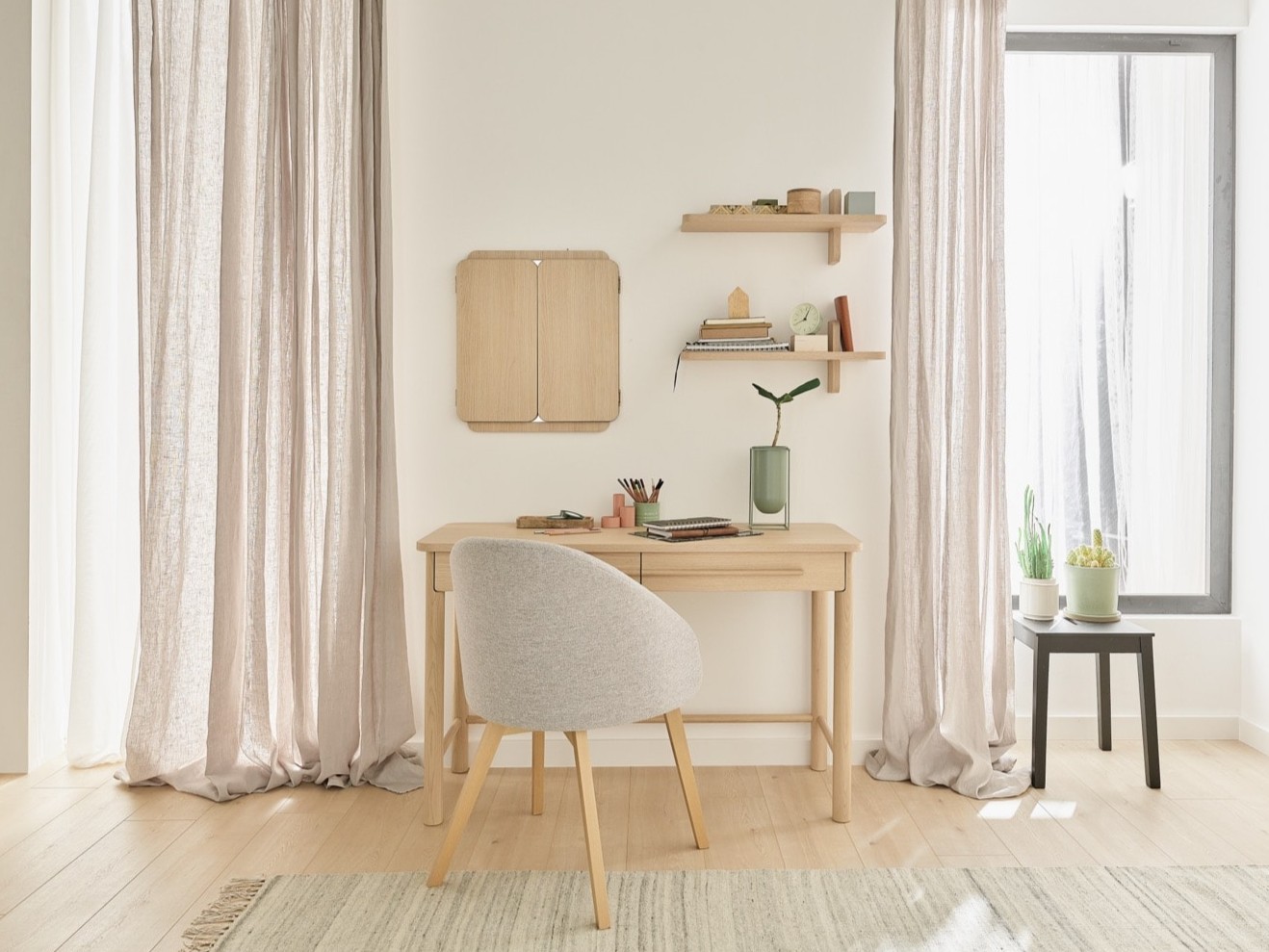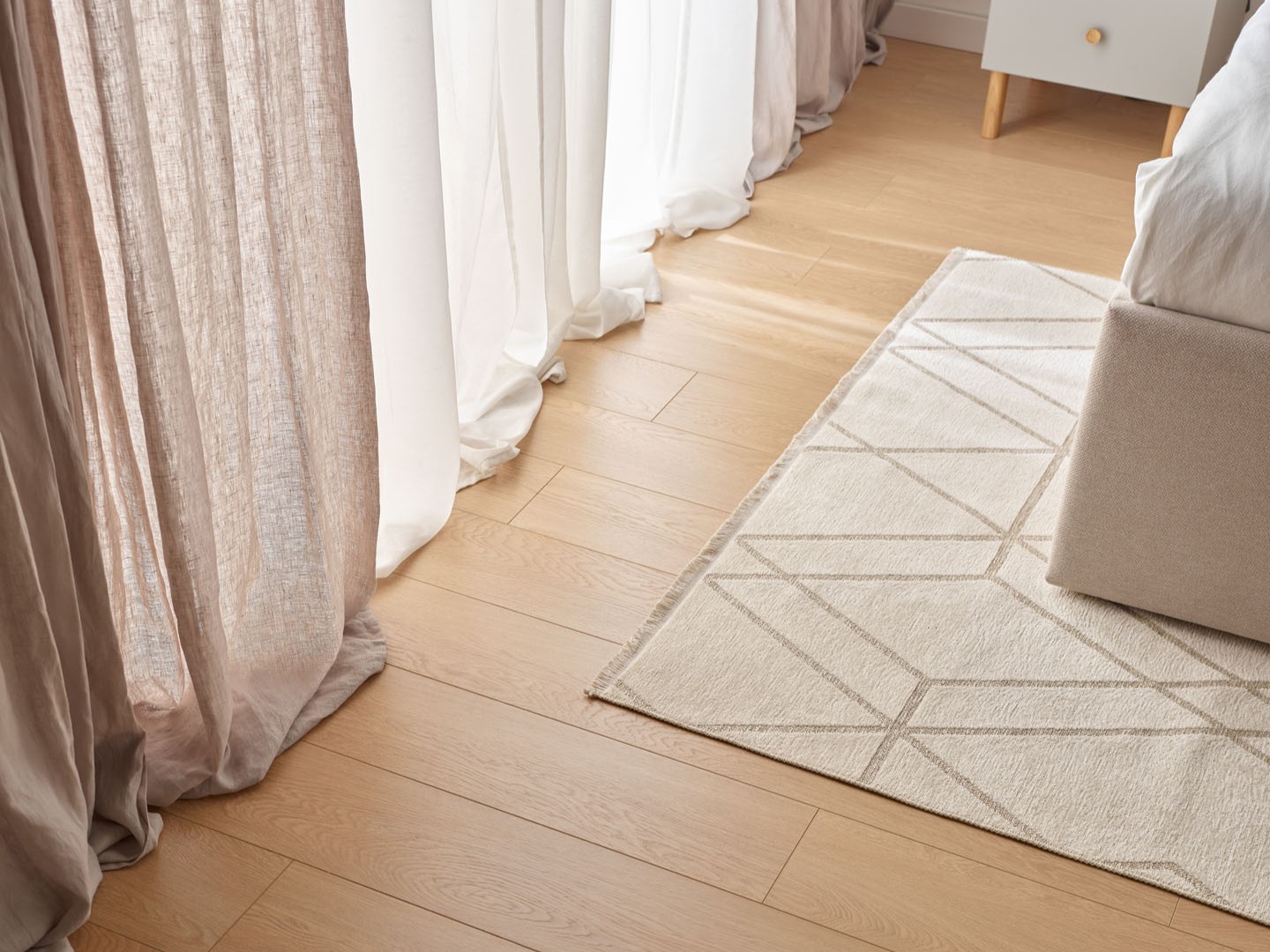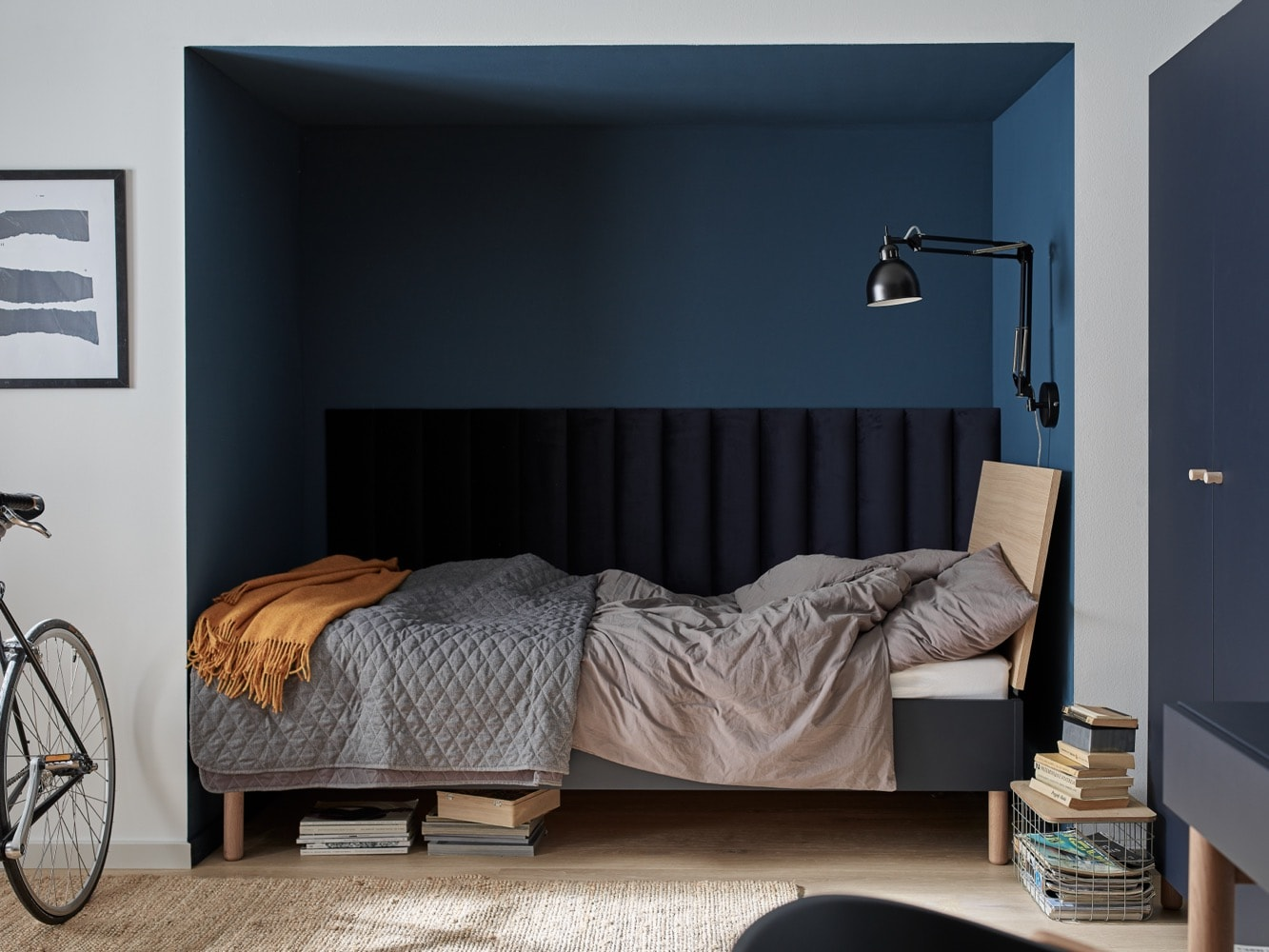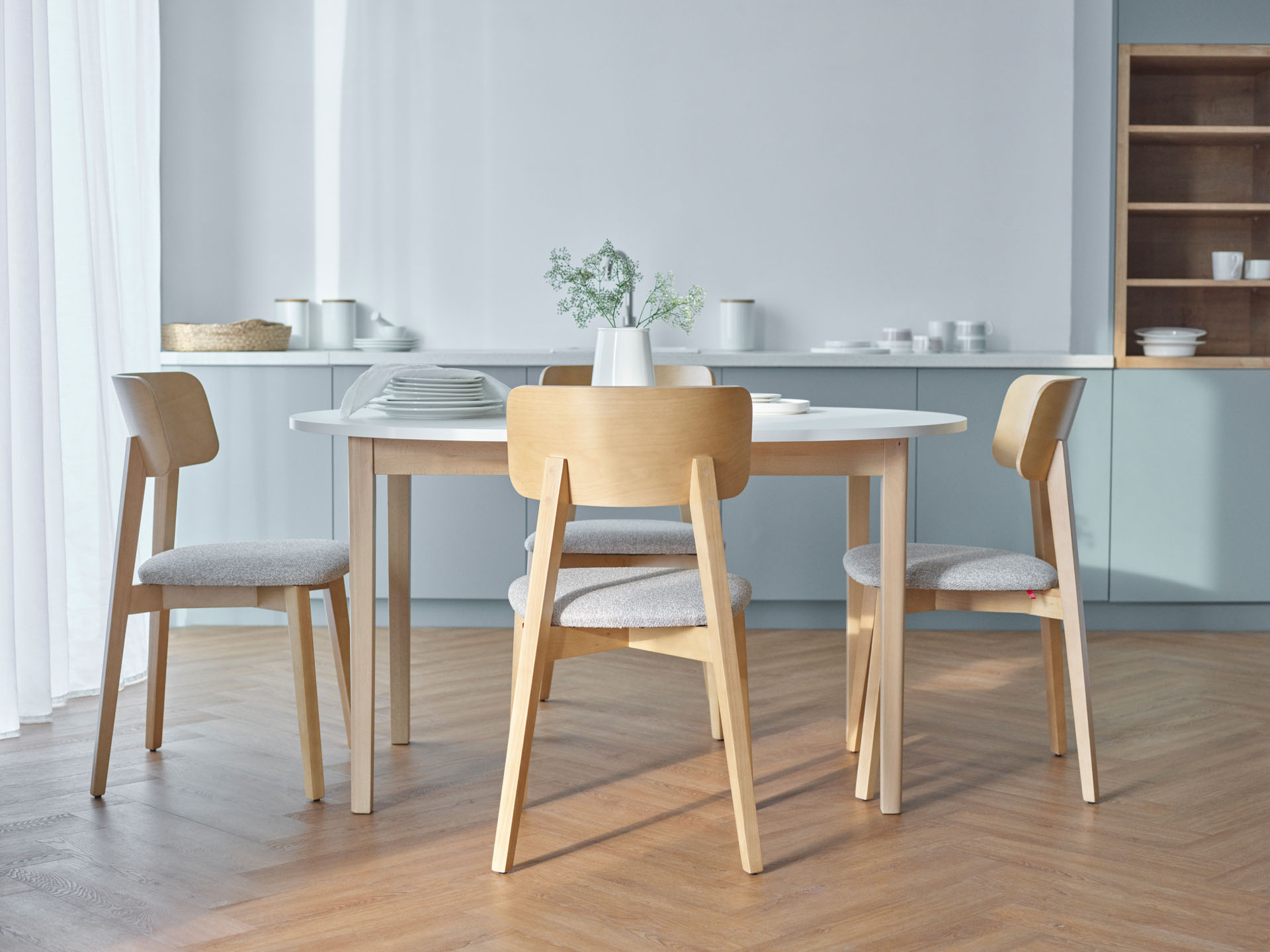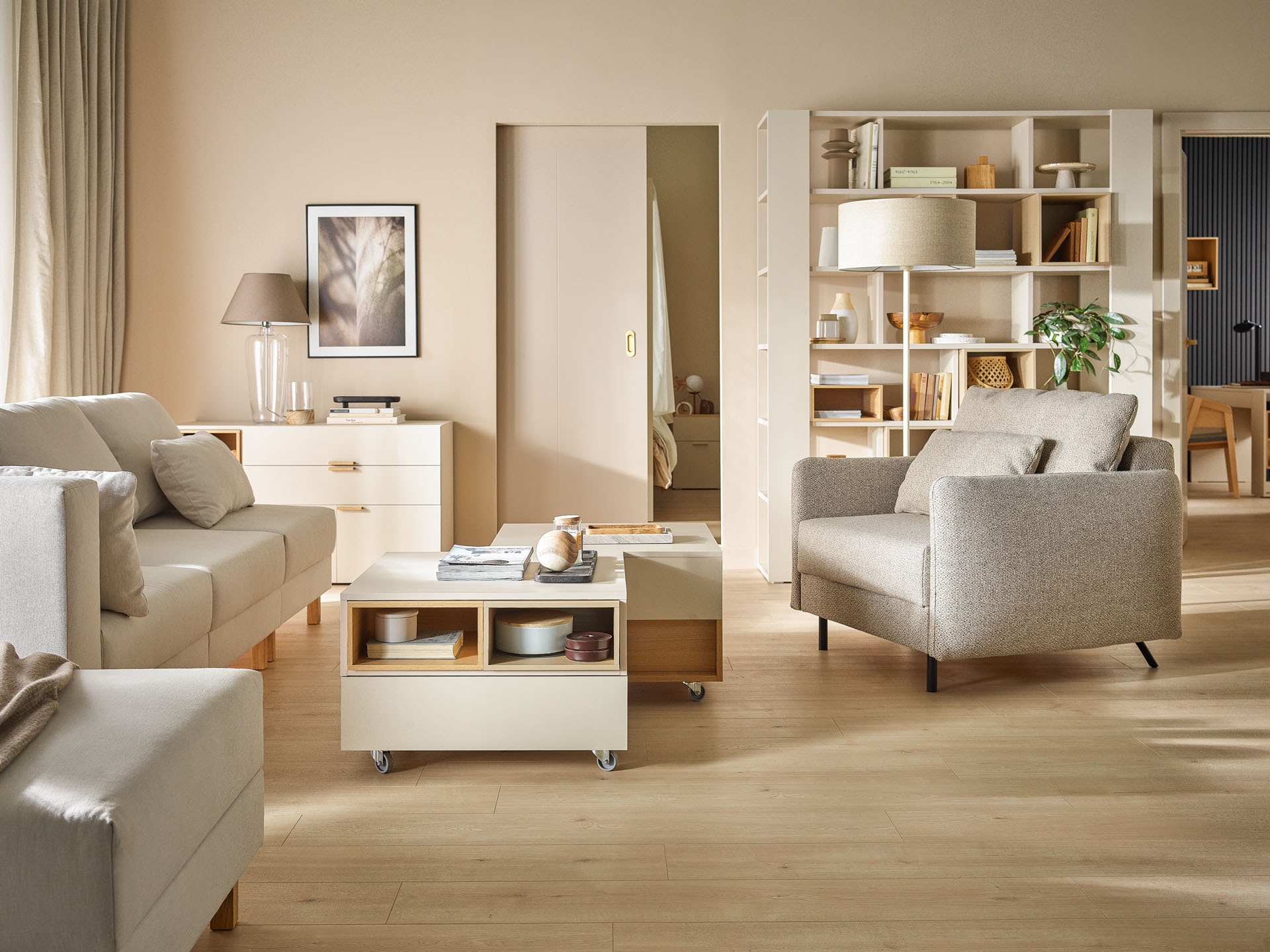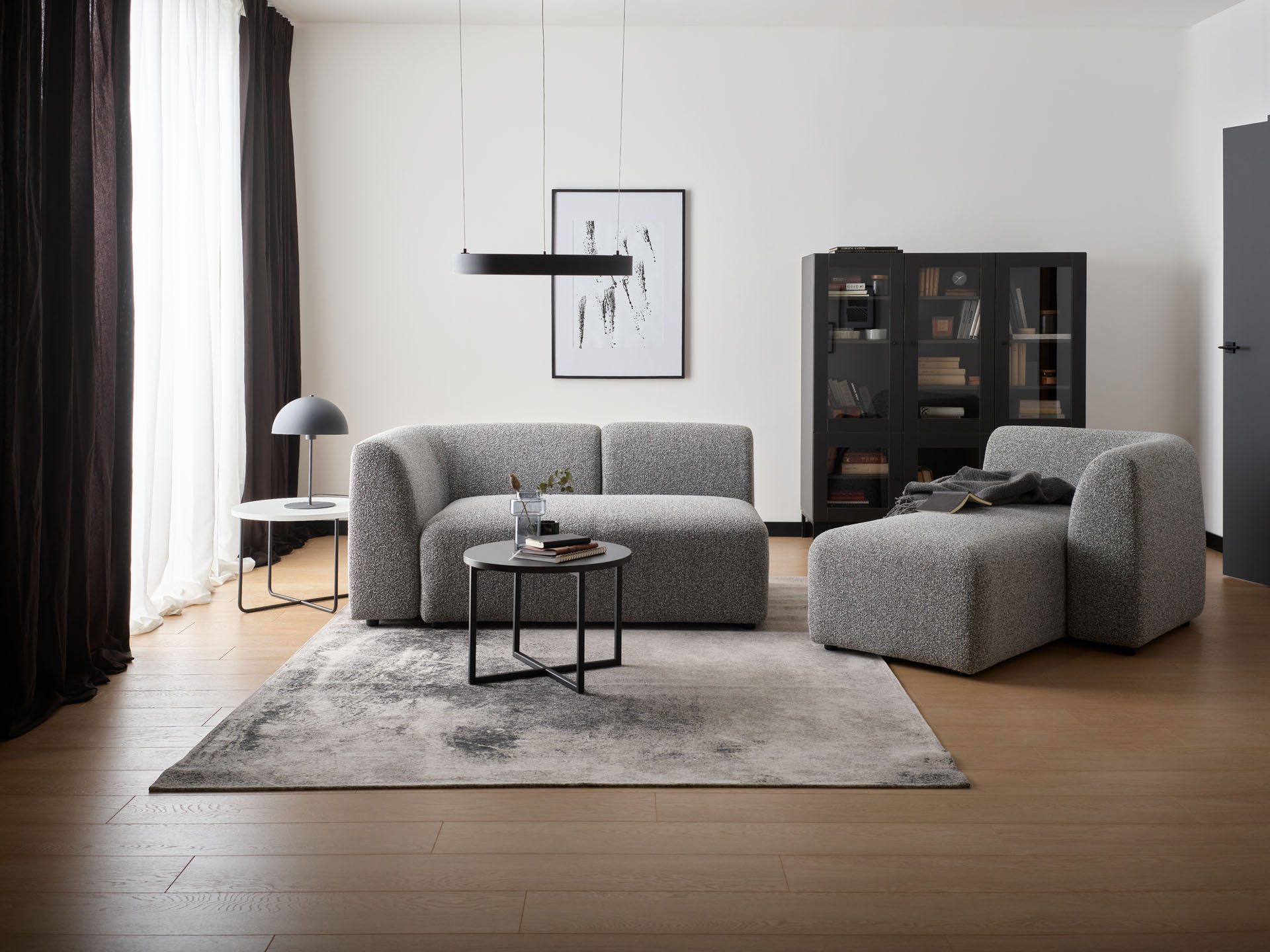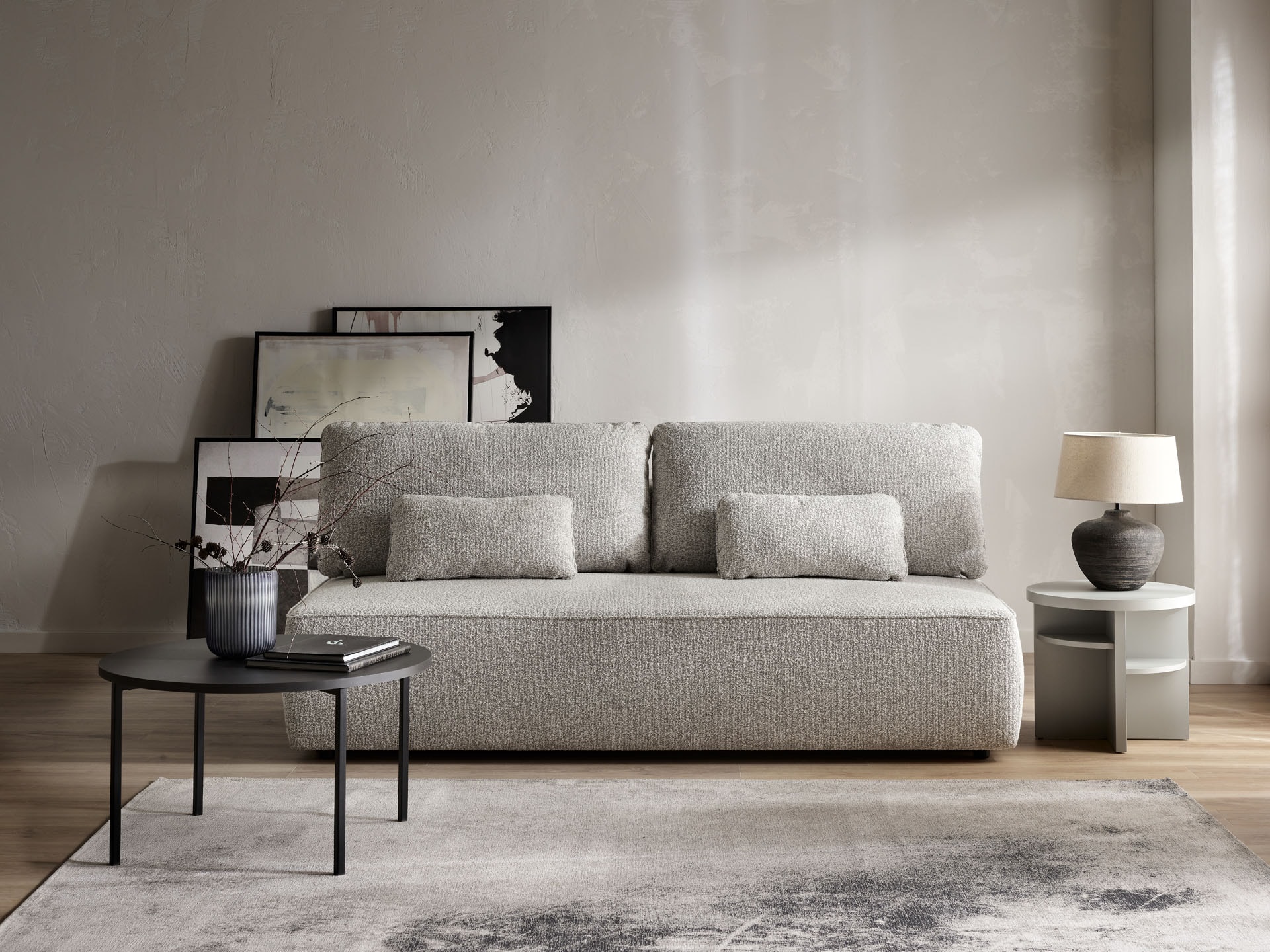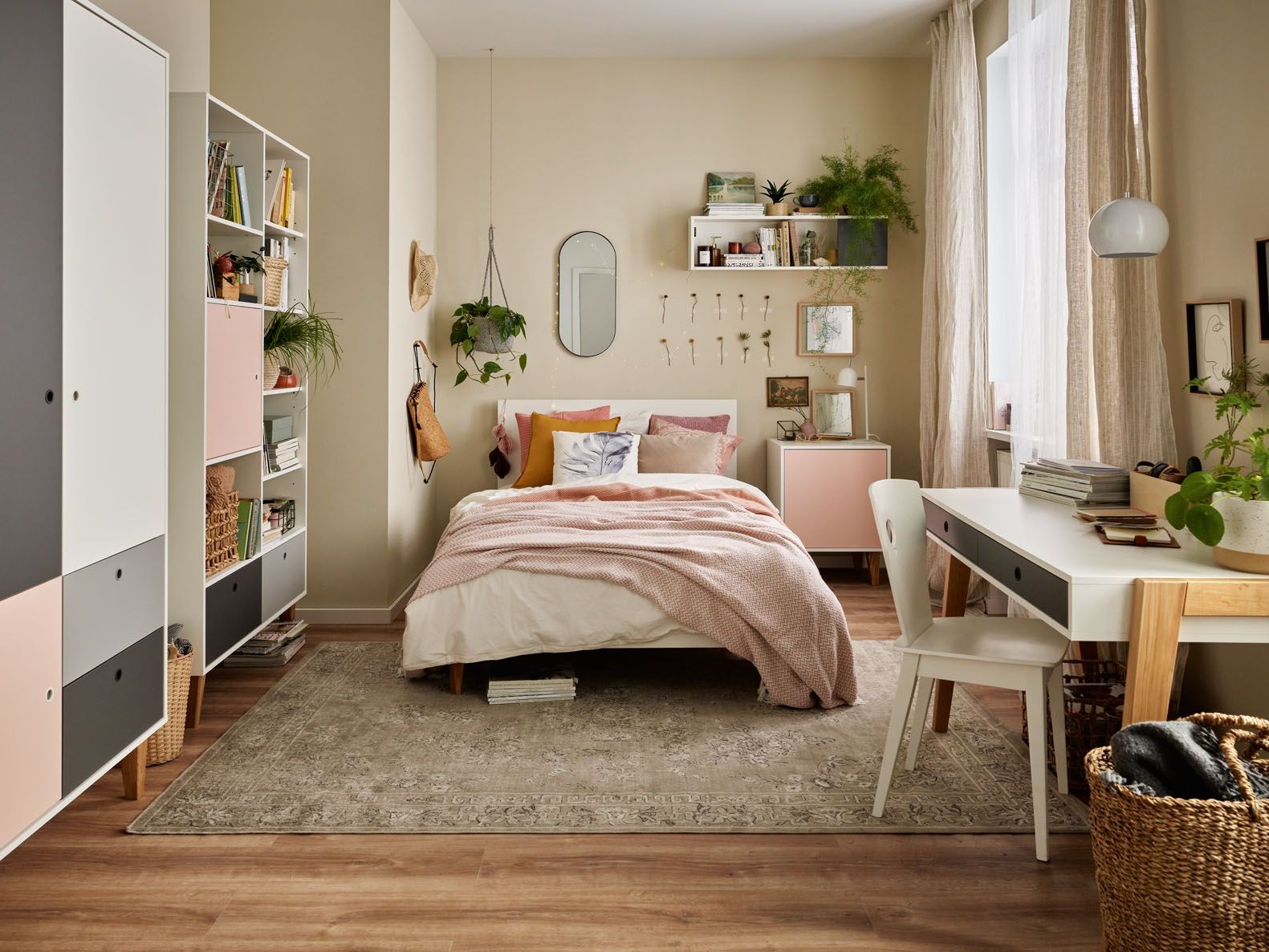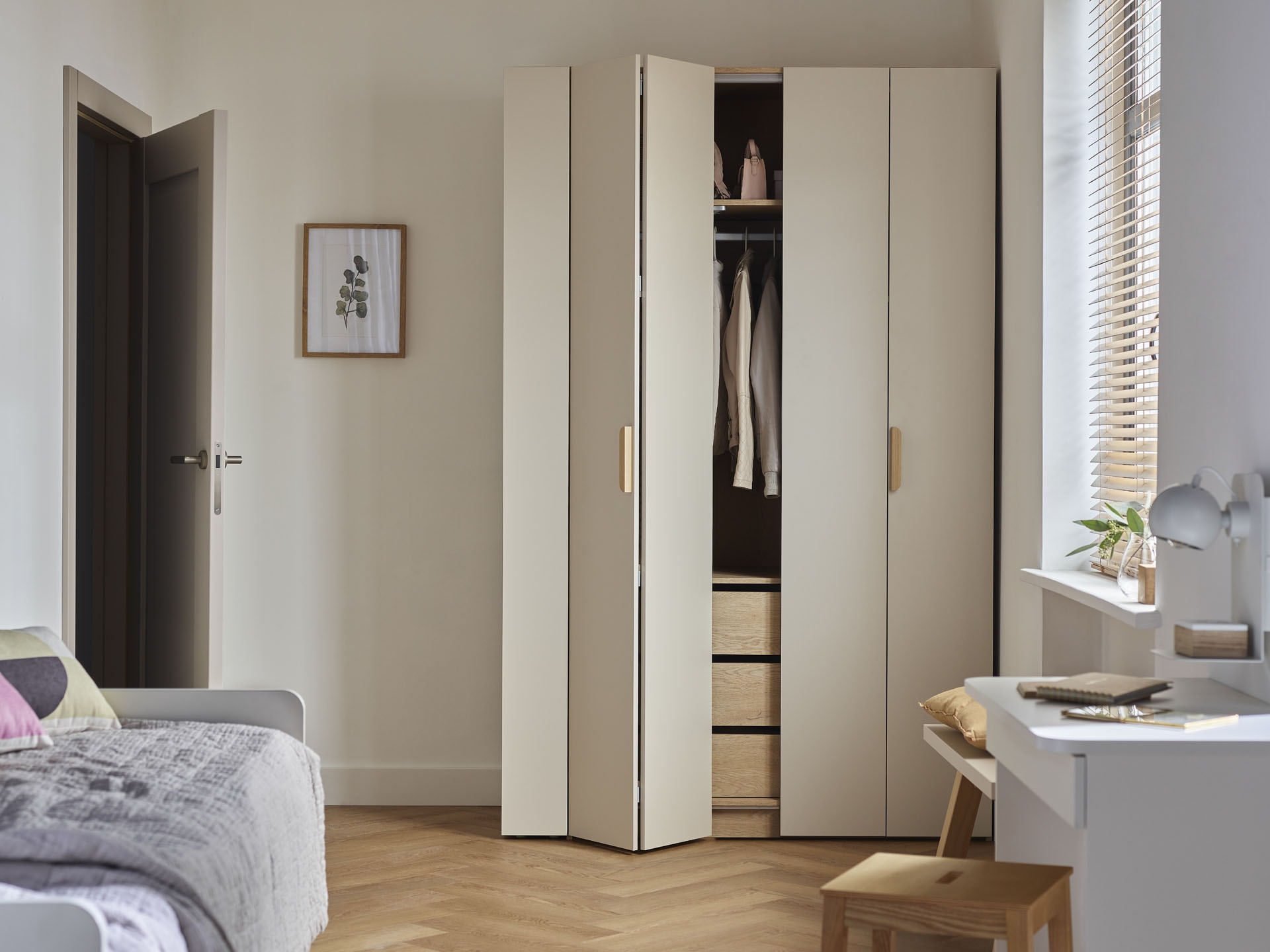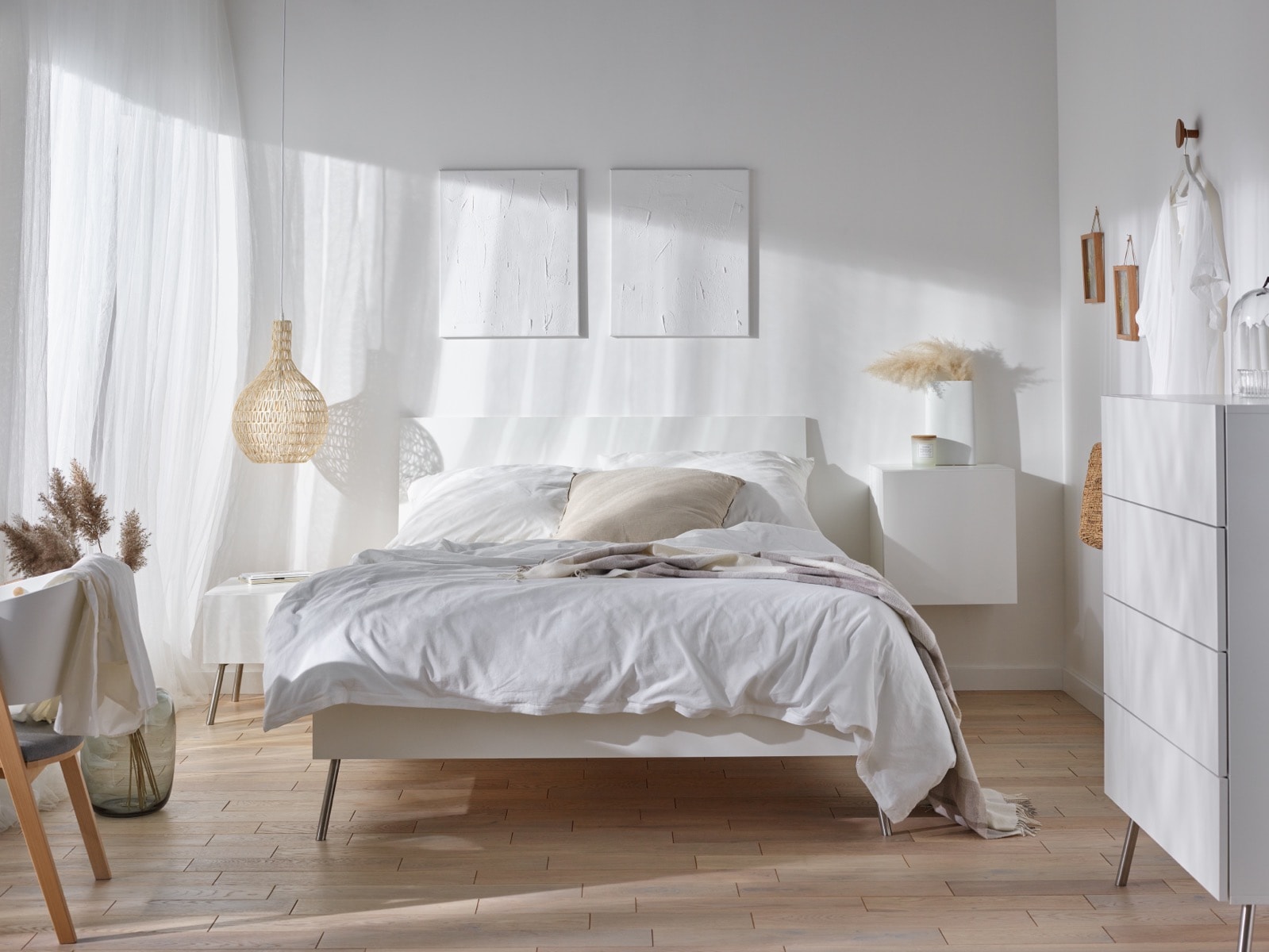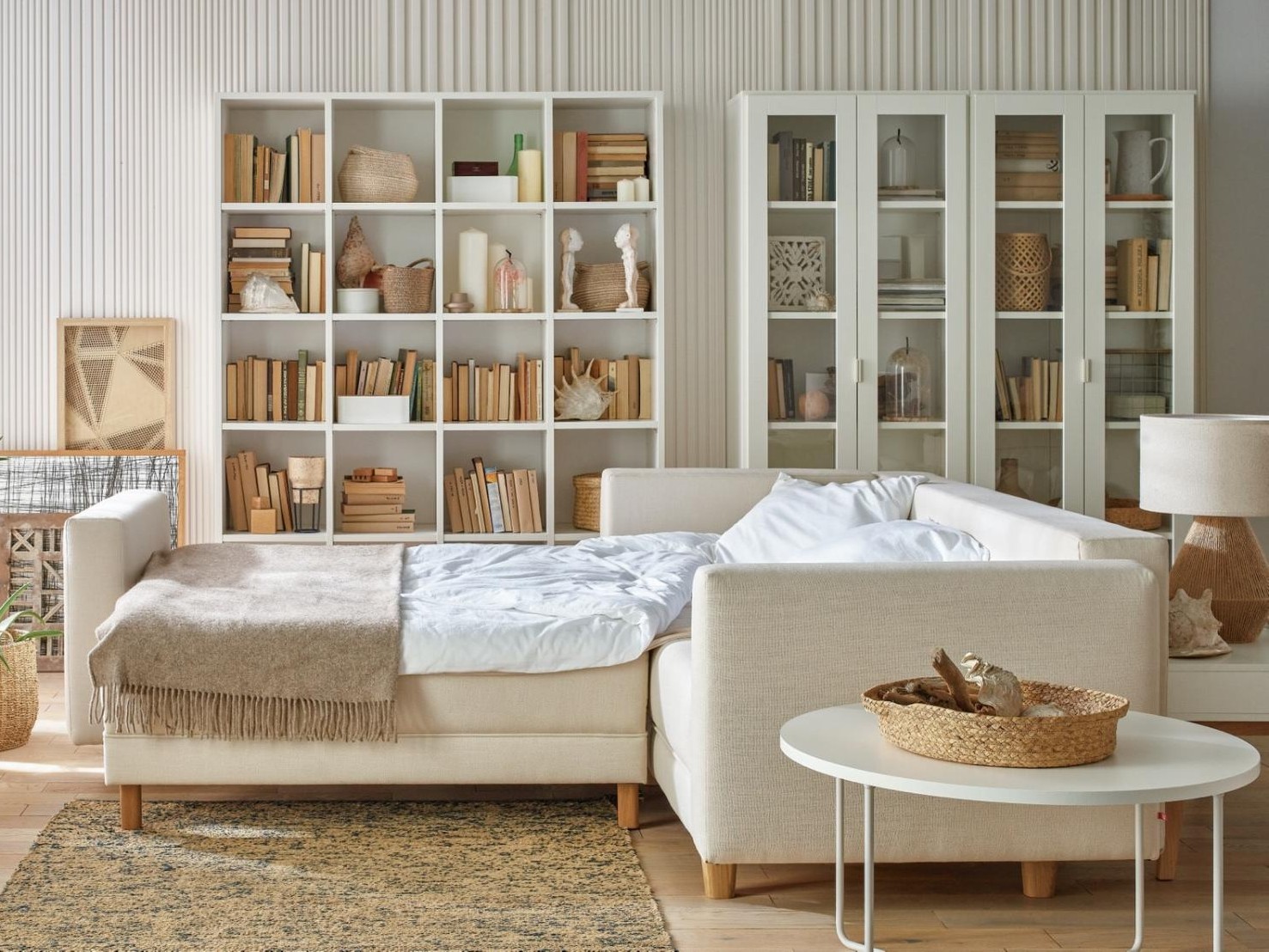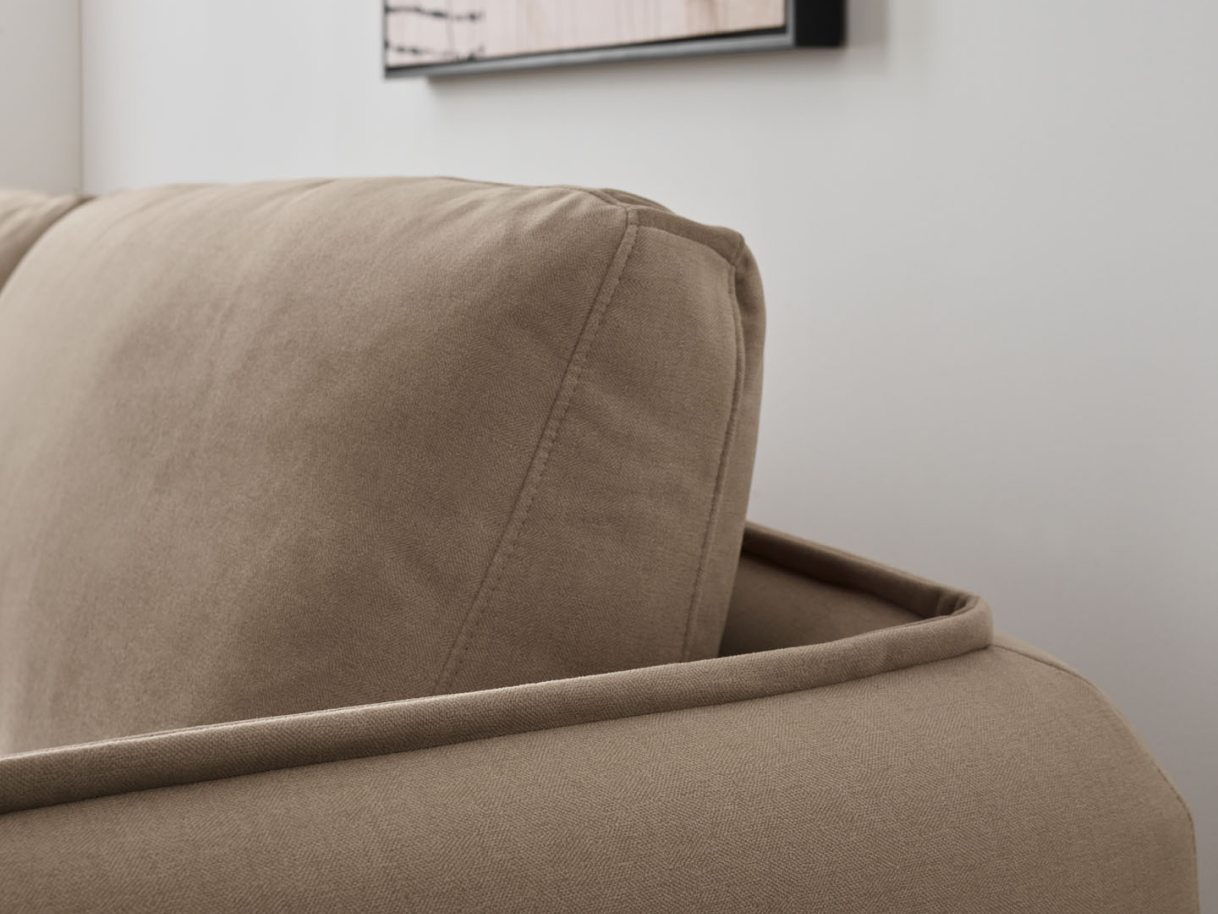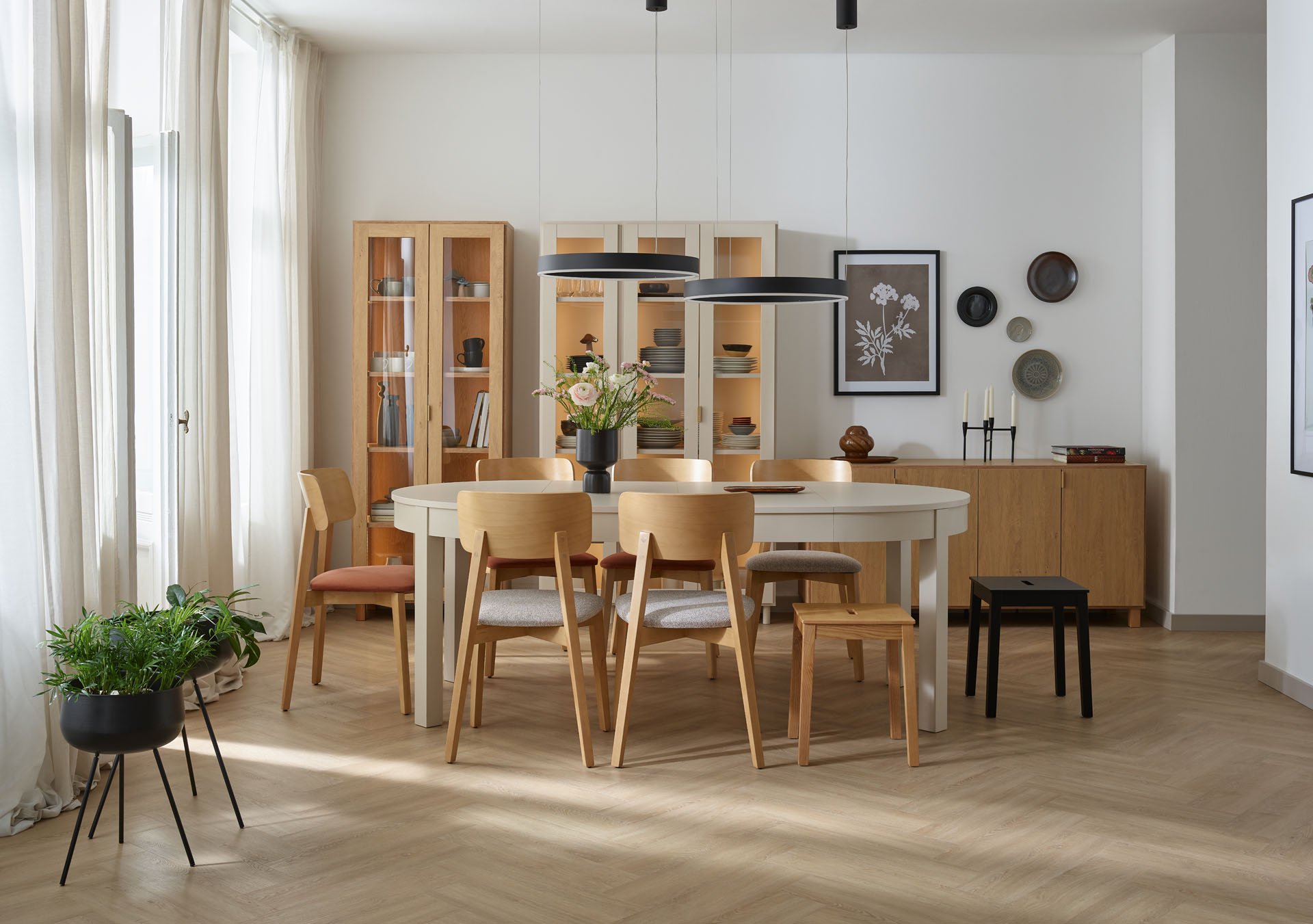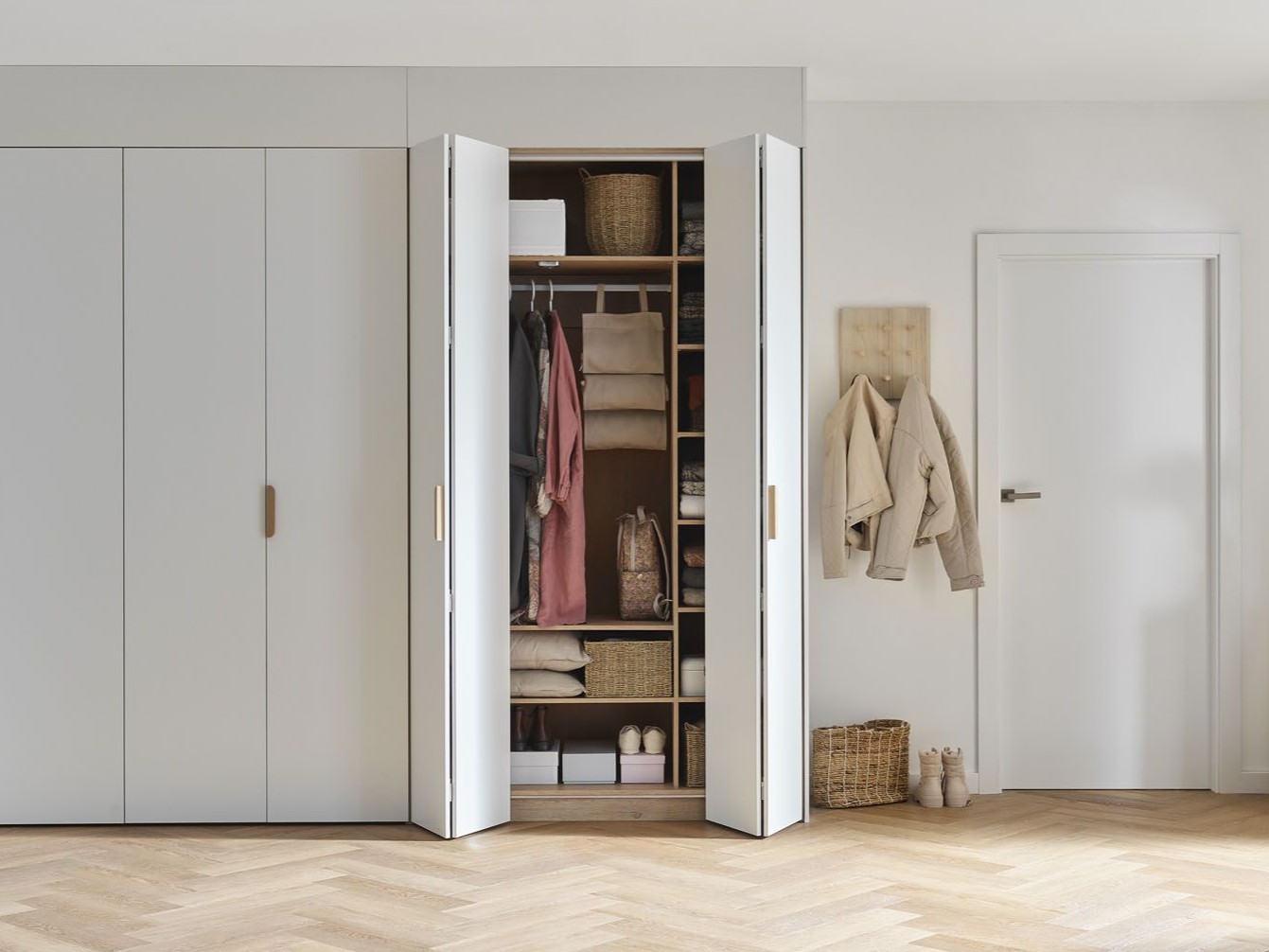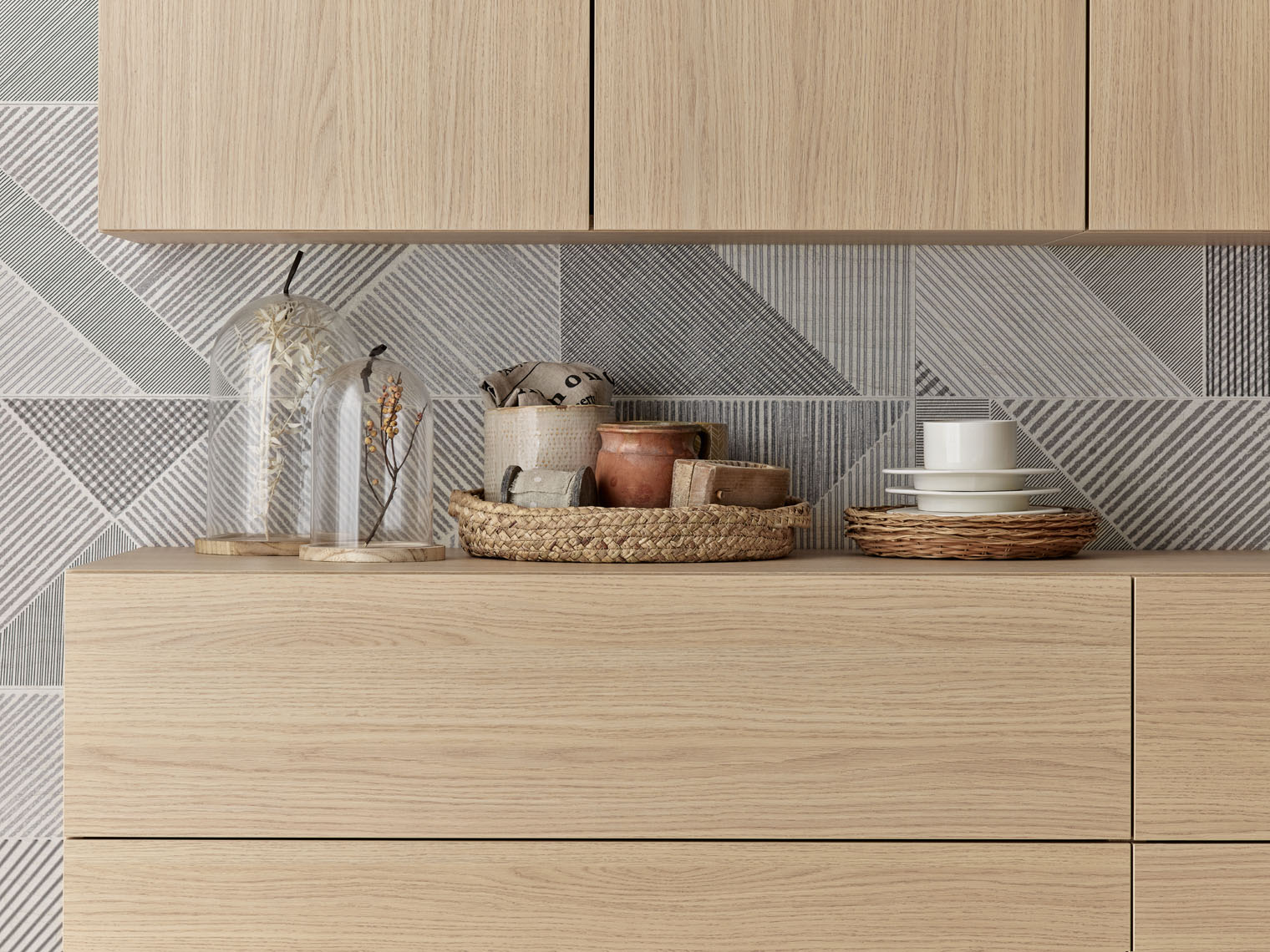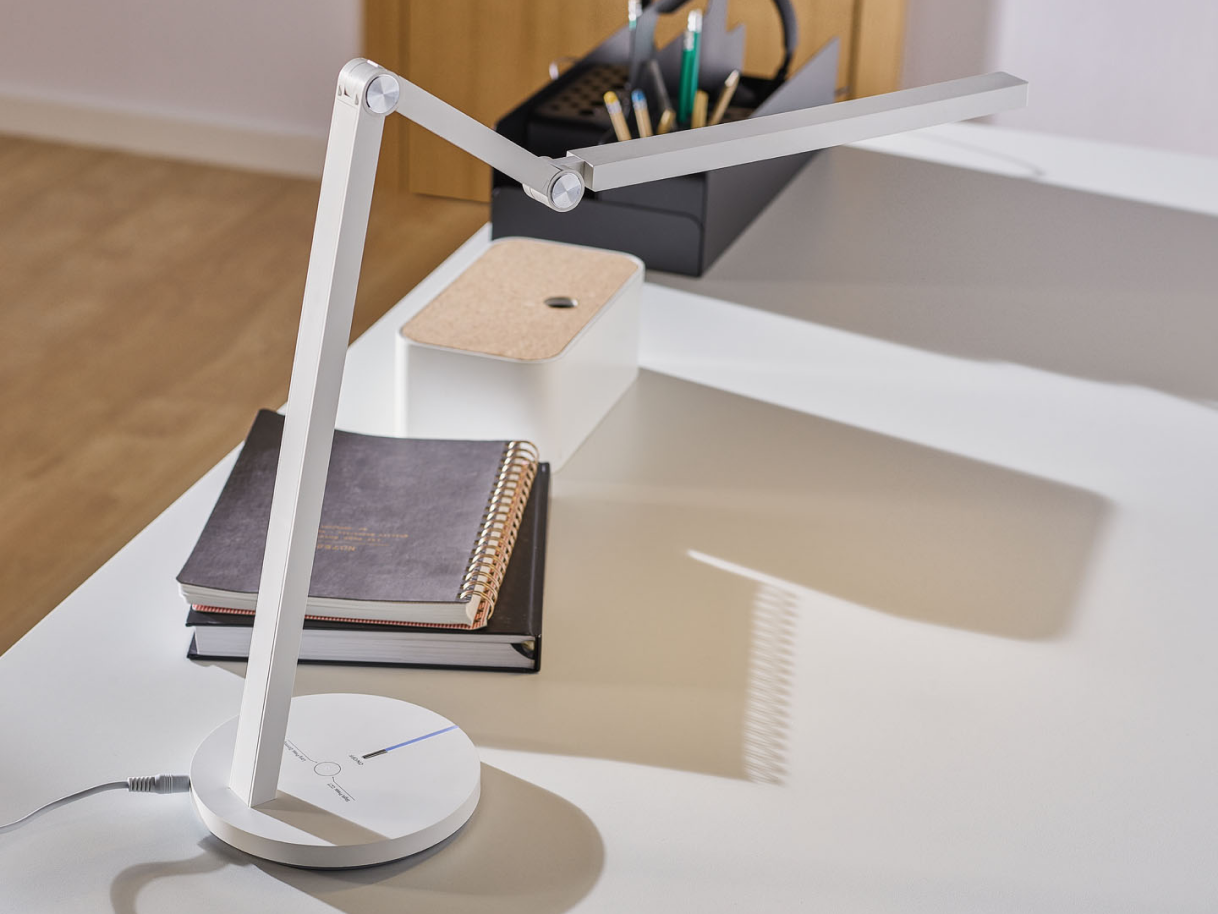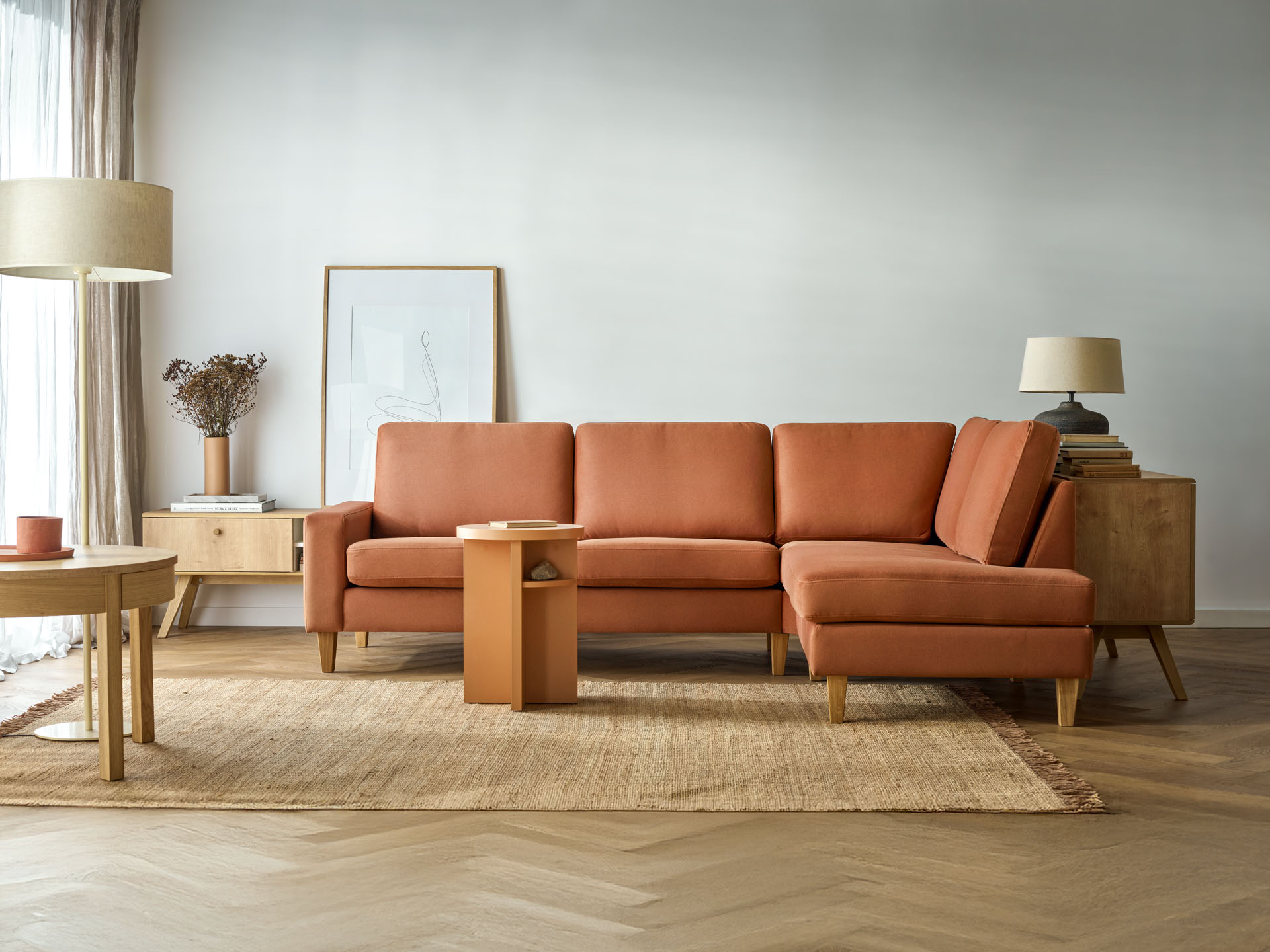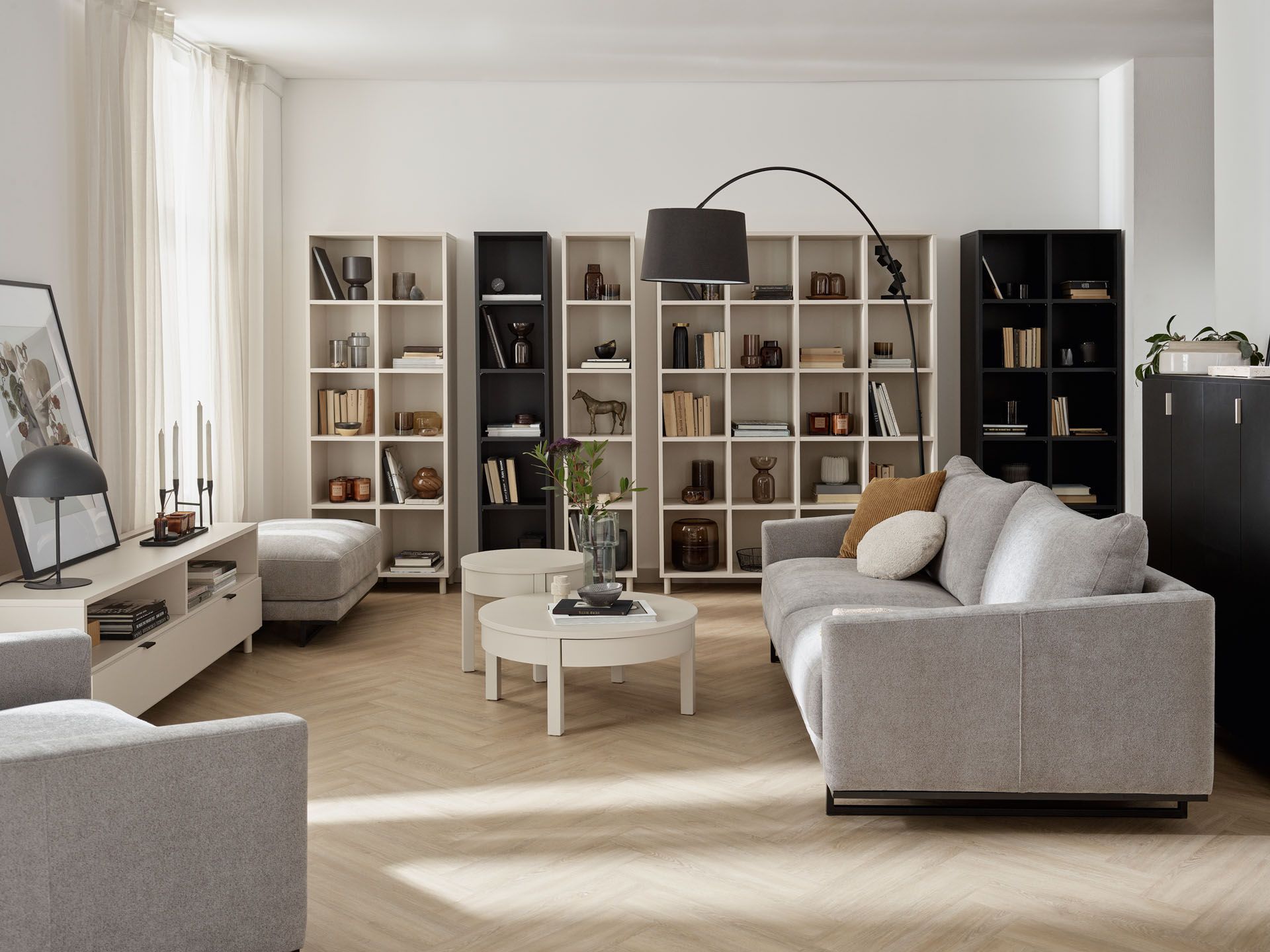How do I choose panels
for underfloor heating? warm and resilient flooring
An evenly heated home, savings on bills and pleasant warmth underfoot around the clock - these are just some of the advantages that convince more and more people to equip their home with underfloor heating. Then one question remains: how do we finish the floor to make it warm and durable?
Not so long ago, underfloor heating could only be installed in combination with tiles. Today, however, it is also common to use it in combination with other materials.
We are not only talking about traditional floor panels, but also modern, lightweight and durable vinyl floors. As a result, we can now enjoy the pleasant warmth of the floor not only in the bathroom or kitchen, but in practically every room of our house - the living room, bedroom or children's room. The most important thing is that the panels we finish our house with are suitable for such a solution. Let's find out what is particularly worth paying attention to.
Underfloor heating - why is it worth it?
Underfloor heating is one of the most efficient ways to have a warm home. Its efficiency comes from the fact that the room is heated simultaneously over its entire surface. This is completely different from traditional radiators, whose heat must be distributed from individual heating points. By opting for underfloor heating, less fuel is used to generate the same air temperature, and a floor equipped with the right panels is able to retain heat for longer.
It also allows us to reduce the temperature in a room by up to 2°C, without any noticeable impact on the comfort of the room - in effect reducing our monthly bills.
For many people installing underfloor heating, aesthetics are also important. After all, underfloor heating allows us to dispense with radiators altogether - and in every room. Our living room, bathroom, bedroom or children's room heated in this way can therefore gain completely smooth walls with only what we see fit. This will be particularly important in the case of small and cramped flats, where every extra centimetre is worth its weight in gold. By giving up the radiator, we will gain space for an extra chest of drawers or a cupboard.
The final advantage in favour of installing underfloor heating is simply... the pleasure of using it. It is difficult to compare the functionality of traditional radiators with the comfort that anyone can count on when choosing underfloor heating.
That is why it is becoming increasingly popular in bedrooms, for example: the pleasure of walking barefoot on a heated floor means that the biggest fans often even give up carpets altogether!
Which underfloor heating panels to choose?
Underfloor heating can be installed anywhere: whether in a detached house or a flat in a block of flats. In addition to the fact that the building must be properly insulated for this solution to make sense, the other materials and products we will use to finish our interiors - in this case the floor - are also important. Before choosing specific panels, carefully read the labels used by the manufacturers. Thanks to that, we will be sure that the model we choose will pass the test in connection with underfloor heating. Let us therefore take a look at individual parameters of panels dedicated to underfloor heating. What is worth paying attention to?
1 Thickness of underfloor heating panels
Panels typically have a thickness of between 6 and 12 mm. Those for underfloor heating should have it at around 8-9 mm. The greater the thickness of the panels, the more resistant they are to any kind of deformation and at the same time conduct heat adequately. However, we should not choose panels thicker than 10 mm for underfloor heating - then the thermal resistance will be too high and heating will not be efficient. An interesting solution in this case would be Rigio vinyl floors with a hard core. They are only 5 mm thick, but thanks to their advanced technology and durability, they can be successfully laid over water-based underfloor heating.
2nd R, or the thermal resistance coefficient of the panels
Another attribute of underfloor panels is the corresponding heat resistance coefficient, which is indicated by the letter R on the packaging. This applies to both the panels and the underlay used under them. As a general rule, a thermal resistance of 0.1 m2 K/W results in a loss of 4°C. In this respect, European standards permit the use of a floor and underlay with a maximum combined thermal conductivity of no more than 0.15 m2 K/W for underfloor heating. If in our house we also want to use the option of passive cooling on hot days, then the thermal resistance coefficient should be lower than 0.1 m2 K/W.
3 Utility and abrasion class: robust and warm panels
When choosing panels for underfloor heating, it is also important to look at their utility and abrasion class. The former parameter will apply to both laminate and vinyl panels.
The wear class is an indication of the durability of the flooring and is determined in accordance with the European standard EN 13329. Its value is indicated by two digits (from 21 to 33). The first is the type of room for which it is dedicated: 1 - low-traffic rooms, 2 - medium-traffic rooms, 3 - high-traffic rooms. The second indicates the intensity of its use: 1 - low, 2 - medium, 3 - high. Panels suitable for underfloor heating should have a utility class between 31 and 32. This will ensure that our floor is resistant to high temperatures.
In the case of laminate panels, it is also worth getting acquainted with their abrasion resistance. In this respect, manufacturers use a division into several classes, marked with the letters AC (class AC6 means the highest resistance). For laminate flooring for underfloor heating, class AC3 or AC4 is sufficient.
4. installation: glue or click?
When choosing underfloor heating panels, the installation method will also be important. For in their optimal version, they should not be joined using traditional adhesives (the exception being the use of heat-resistant adhesive).
Underfloor heating creates an environment where the most suitable installation method is the click system, present, for example, in Querra floor panels. By installing in a floating system, you will get a floor with high durability for many years.
Underlay for underfloor heating: thin but good
If you opt for underfloor panels combined with underfloor heating, you should also use the right underlay for this solution. The maximum thickness of this layer should not exceed 3 mm. A thin underlay will conduct heat well and protect the entire installation: a layer that is too thick can cause heat loss and will also weaken the panel joints. It is also important to ensure that the underlay has an integrated vapour barrier (such as the Max-Pod underlay, for example) - this will prevent water droplets from collecting around the installation and thus creating an environment for fungal and mould growth.
To reduce renovation time, it is worth choosing Rigio panels with an integrated IXPE underlay. This high-quality underlay, just 1.5 mm thick, will speed up the installation of the panels and provide additional insulation, increasing the comfort of the floor.
Ensure a warm interior design
A pleasant feeling of warmth underfoot, no visible installation and extra space in the room are just some of the advantages of underfloor heating. The effectiveness and efficiency of this type of installation will save money in the long run, and the comfort of stepping on a warm floor every day cannot be compared with anything else. However, before we start planning an underfloor heating system, let's pay attention to the right materials. Skilfully selected panels will allow us to enjoy a heated floor for a long time.
And although the technical parameters should be the most important, when choosing underfloor heating panels, let's not forget how important their appearance is. It is through the right colour or texture of the floor that we can bring the desired atmosphere into the interior. Depending on the effect we want to achieve, we can choose vinyl panels that imitate concrete - although on the surface they may look cold and unpleasant, it only takes one step to realise that the opposite is true. Panels with a warm, honey-coloured wood décor, on the other hand, will enhance the room's feeling of cosiness and homeliness.
It is also worth mentioning that underfloor heating is a good choice for allergy sufferers. Heat is mostly transferred by radiation. Thanks to the fact that there is no air movement as with convection heating, dust (and with it dust mites) does not spread throughout the house.



